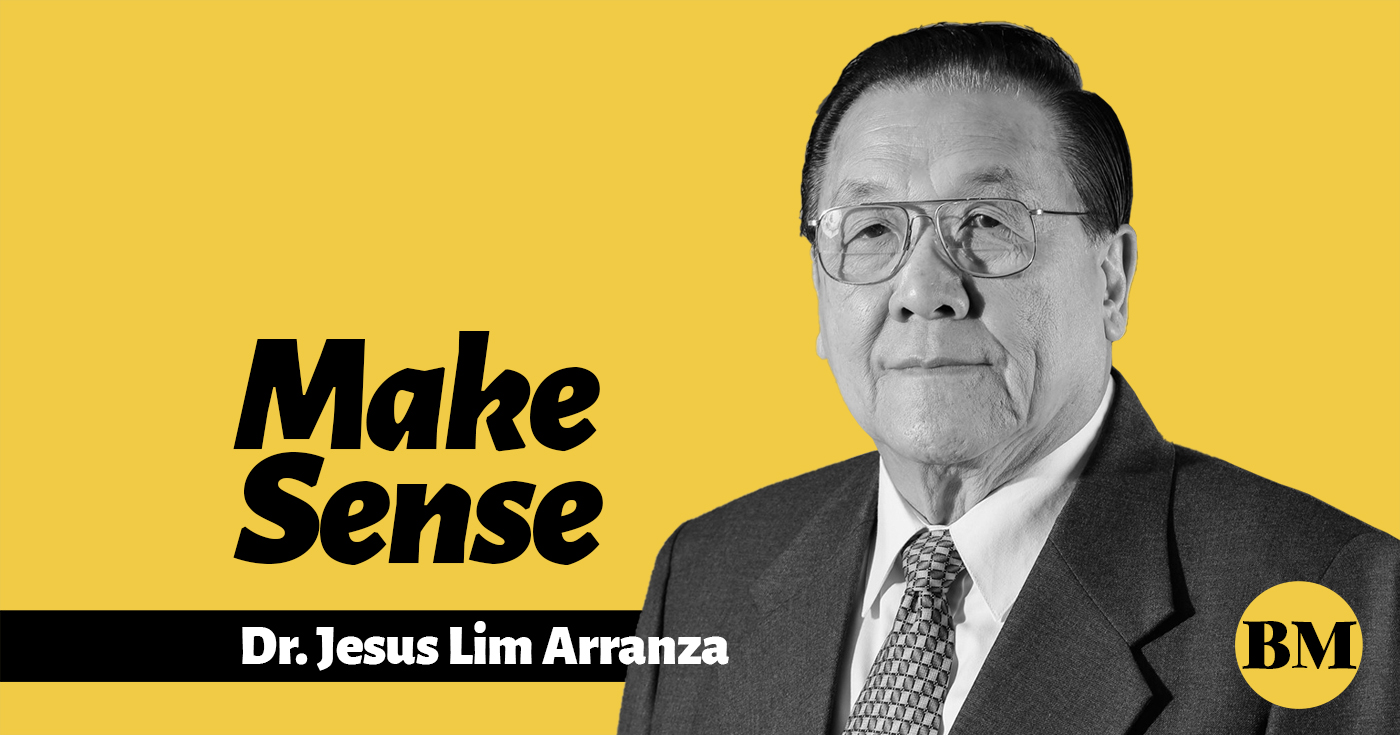
With this in mind, let us take a look at agricultural insurance in the Philippines. There are only four agricultural insurance (or crop insurance) products approved so far in the Philippines by the Insurance Commission. These products were applied for by: a) PGA Sompo Japan Insurance; b) CARD Pioneer Microinsurance; c) Bankers Assurance; and d) Western Guaranty. Of these four products, only two, belonging to Bankers Assurance and to Western Guaranty, are considered parametric-based and MicroAgri. They were, however, sold as part of a package-deal with fertilizer providers. Western Guaranty’s product was only available in the Isabela region as well.
The offer of the two aforementioned parametric-based MicroAgri products did not last for long. Bankers Assurance’s product lasted for only two to three months, while Western Guaranty’s product was run for only six months in the market. The marketing of these products was hampered by the lack of efficient channels for distribution of their products and the high cost of evaluating and approving claims. In addition, farmers simply lacked the understanding on the necessity and importance of agricultural insurance. Insurance is simply availed of because it is required by lending institutions.
Notwithstanding the weakness of agricultural insurance products in the Philippines, particularly those with parametric and microinsurance (MicroAgri) features, the Insurance Commission issued Circular Letter 2015-53 on October 15, 2015, adopting the Agriculture Microinsurance Framework or MicroAgri Framework. This was done largely under the microinsurance initiative. Under this framework, the Insurance Commission recognized parametric-based microinsurance or index-based microinsurance as a means to indemnify the insured when one or more predefined parameters or indices have been breached within the term specified in the policy contracts. Instead of indemnification based on actual loss measurement, the benefit amounts are determined by one or more parametric formulas or indices, which yield proxy estimates that are correlated to the actual losses.
With the weak involvement of the private sector in agricultural insurance, it has become imperative for the government to step in. The principal government instrumentality in this regard is the Philippine Crop Insurance Corp. (PCIC), established on June 11, 1978. by presidential decree (PD) 1467 (as amended by PD 1733 and Republic Act 8175). PCIC is an attached agency of the Department of Agriculture. The PCIC’s principal mandate is to provide insurance protection to farmers against losses arising from natural calamities, plant diseases and pest infestations of crops. It also provides protection for noncrop agricultural assets, such as machineries, equipment, transport facilities and other assets. It offers livestock and fisheries insurance. It operates outside the regulation of the IC. Thus, it has the authority to determine premium rates. Agricultural insurance for rice was first offered in 1981. Corn insurance followed in 1982, and high-value commercial crops for tobacco in 1991 and other commodities in 1993. The livestock-insurance program started in 1988. The fisheries-insurance program was pilot tested in 2011.
Recently, the United Nations Development Program, in partnership with the Philippine government through the PCIC and the Department of Agriculture, launched the three-year “Scaling-up Risk Transfer Mechanisms for Climate Vulnerable Agriculture-based Communities in Mindanao” or the “Weather Index-Based Insurance [Wibi] Mindanao Project” to be implemented in Regions 10 (Northern Mindanao) and 11 (Davao region).
The program commenced in November 2014 and ended on December 31, 2017. Wibi offered two different covers to major insurable grain crops like rice against low rainfall and excess rainfall. For irrigated areas, Wibi offered only excess rainfall, since it is not vulnerable to low rainfall. At the end of 2015, it has distri-buted Wibi to 837 farmer enrollees with estimated area coverage of 961 hectares, amounting to about P19.19 million.

























3 comments
hi, may i know how is the process of applying your crop insurance? i have a dragon fruit farm in quezon province that has 3,000 post. i want to know the process of this insurance. thank you
Hello. I would also like to know how to apply and how much if I avail the product for my calamansi farm. Hoping for your reply. Thanks
We are planning to put up a Banana Plantation in the North of Luzon, how to get insurance coverage for our project? We want to know how to avail the insurance from planting to harvesting? From planting to delivery?